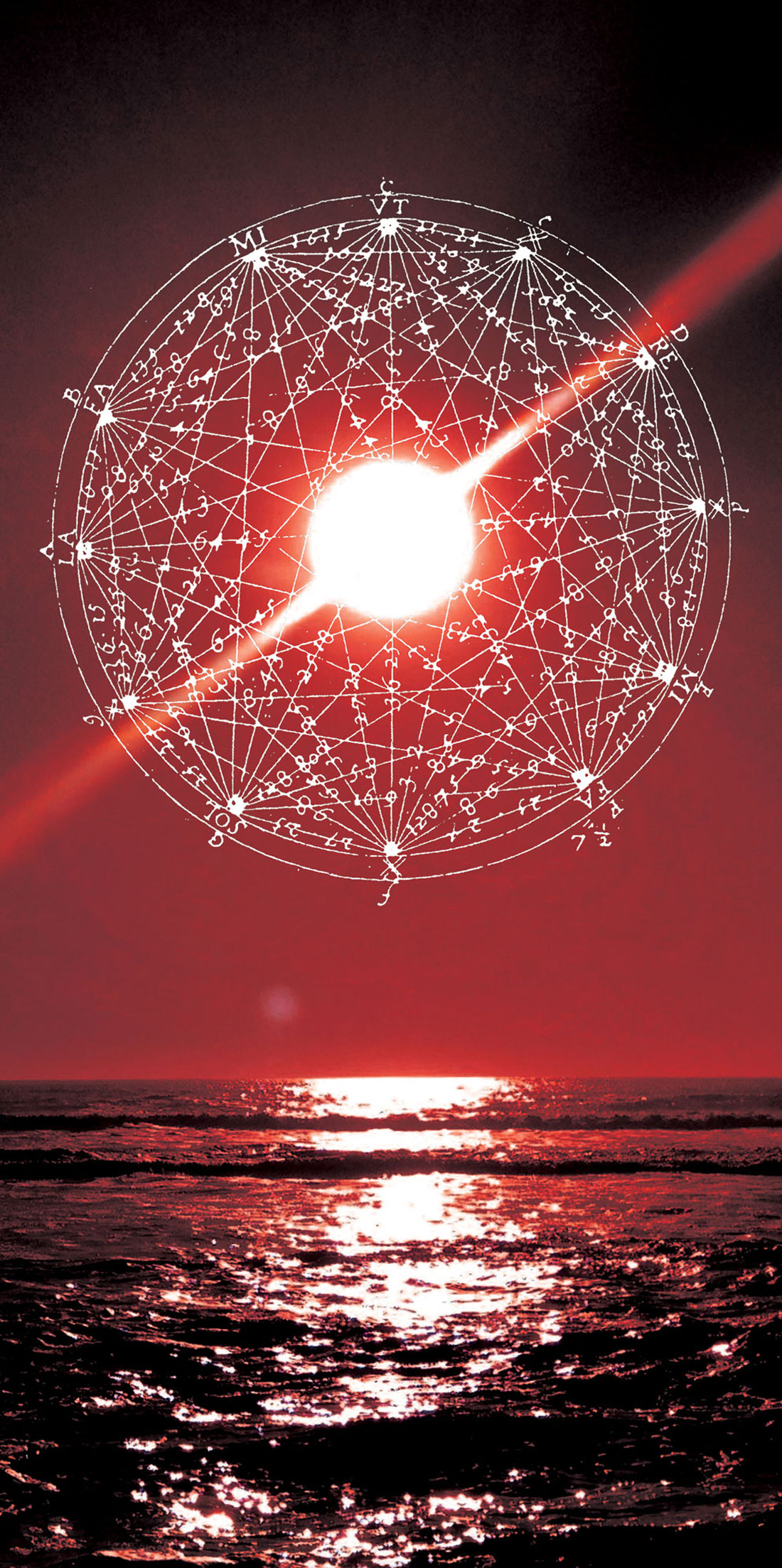The Phoenix Audio DRS-EQ/500 is a 4-band equalizer in 500-series format, loosely comparable to the API 550b. Each band offers fewer frequency points than a 550b, without overlap between the bands. The two mid bands are bell-shaped, while the high and low bands are shelving. The boost/cut knobs are notched with detents for consistency. The detents seemed to be at natural steps, and I have never found myself seeking in-between points. The knobs are symmetric with a point at each pole, so it is impossible to visually differentiate 180 degree opposites, such as +10 from -1. The output gain knobs lack detents and can be positioned continuously. Output level metering helps to identify an appropriate level and is also convenient for ensuring that I've patched correctly.
The notable trait of the DRS-EQ/500's topology is the use of gyrators. While inductors are more common, the classic Sontec mastering equalizers are noted for their use of gyrators. As gyrators are known for excelling at low-frequencies, I first tested the DRS-EQ/500 on bass guitar. The 400 and 800 Hz settings impressed me here, with the color that some engineers love in the Moog parametric EQ, but without the sacrifice in clarity. I was able to use the high- mid band for articulation, and the lowest band for shape. The high-mid band also really impressed me for snare, where I might have used my API or Calrec in the past, and the transients feel more natural than the exaggeration of the API or the softening of the Calrec. I was also surprised by how good the high-mid band sounds on some vocals. The DRS-EQ/500 also includes a high-pass at 80 Hz, which I have found very helpful. The highest band, which switches between 10 and 15 kHz, falls in the frequency range where gyrator-based equalizers tend to have the most trouble. When boosted subtly, it can add a nice air to vocals, and cutting those frequencies can be helpful to reduce cymbal bleed. When boosted to an extreme level, it can grow slightly harsh, so the DRS-EQ/500 would probably not be my first choice for adding treble if a drum overhead mic is too dark.
I've been consistently impressed by the DRS-EQ/500. It adds subtle coloration in midrange and shape to highs and lows, while preserving transient detail and overall clarity. The frequency points routinely prove useful, and the incremental steps feel intuitive. It's neither my richest EQ in color nor my most transparent option, but it fits an in-between niche nicely. For less than $800 street price, it stands up alongside many more expensive equalizers in my racks.




_disp_horizontal_bw.jpg)